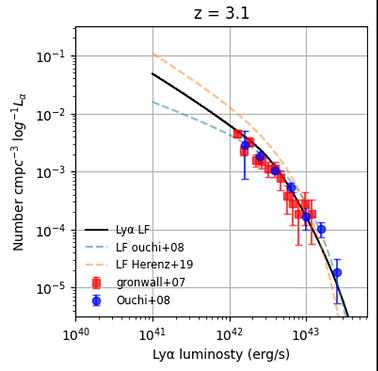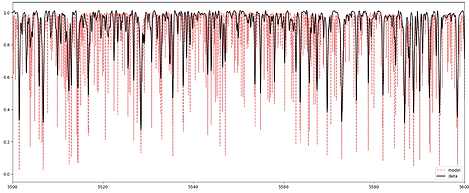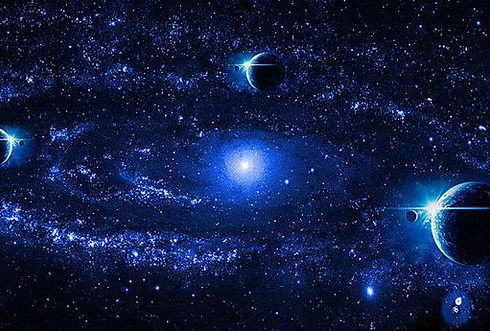My Projects
Analysing the dichotomy of Lyman Break Galaxies(LBGs) and Lyman alpha emitters(LAEs) by means of their Lumniosity functions
This study aims to collect two population statistics of galaxies in the early universe: Lyman alpha luminosity functions and the UV luminosity functions. Our objective is to better understand the dichotomy between the galaxy populations that are contributing to these two statistics. This dichotomy is a result of the respective galaxy samples being gathered by different observational methods. In particular, we understand and refine the methodology developed in the literature for establishing the connection between the two luminosity functions.
.png)
Photometry and Spectroscopic Studies of Exoplanet Hosting Starsdy of potentially habitable planets
With the advent of high-resolution spectrographs coupled with medium to large aperture telescopes around the globe, there are plenty of high-resolution and high signal-to-noise ratio data available to the astronomy community. The data can be used to derive the chemical composition and atmospheric characteristics of a star. In this study, we aim to develop a code in Python which estimates the stellar ahtmospheric parameters from the analysis of stellar spectra based on two primary methods, synthetic spectral fitting and the equivalent width method. Synthetic spectral fitting method involves fitting the observed spectrum with different synthetic spectra for a set of stellar parameters. The second method is based on equivalent widths (EWs) that are used to derive abundances for a set of Fe I and Fe II lines from the observed spectra
.png)
Study of potentially habitable planets
This study investigates potential trends in exoplanet habitability by utilizing data from NASA’s Exoplanet Archive, specifically sourced from the Kepler mission. An algorithm was developed in Python for the purpose of analyzing, scaling, and visualizing this dataset. The focus of the analysis was to plot the diameters and semi-major axes of exoplanets against the diameters of their respective host stars, providing insight into potential correlations and patterns in exoplanetary systems
